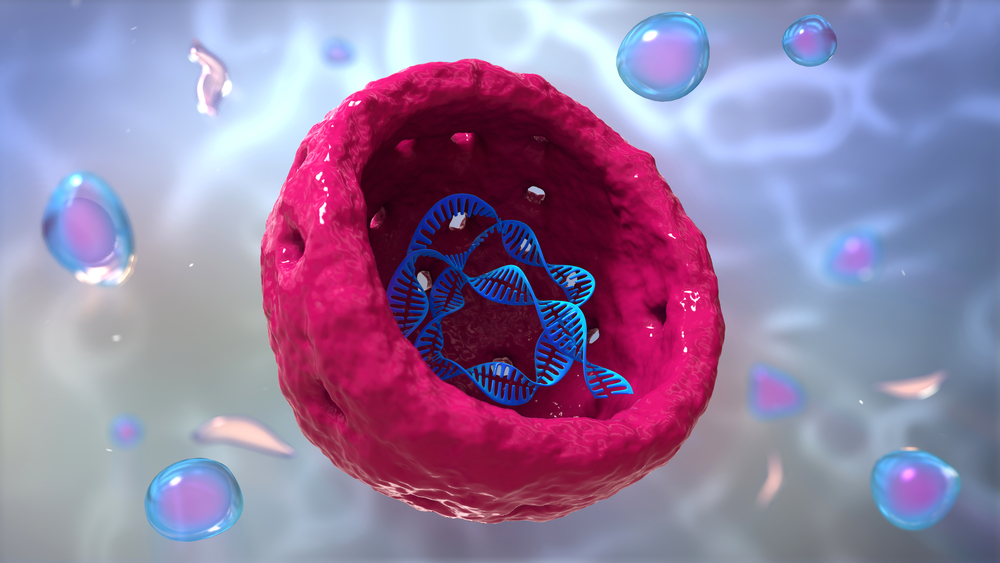Study Sheds More Light on Nucleolus, an Organelle Linked to ALS

Scientists have gained greater insight into the structure of the nucleolus, a cellular organelle that has been implicated in diseases such as amyotrophic lateral sclerosis (ALS).
By honing in on the molecular events surrounding ALS, scientists can start to understand how the disease develops, which could lead to new therapeutic targets.
The study, “Self-interaction of NPM1 modulates multiple mechanisms of liquid–liquid phase separation,” was published in the journal Nature Communications.
A human cell is composed of different compartments and organelles, some of which are separated by membranes, including the nucleus, where DNA is stored. Other parts of the cell are separated by the formation of membrane-less organelles (MLOs).
Specific sets of molecules self-assemble to form MLOs through a process called phase separation, which helps create a highly dynamic but condensed partition that has specialized functions.
Certain proteins and ribonucleic acids (RNAs) drive phase separation into dense liquids, or hydrogels, that end up creating those partitions in which specific biochemical processes can occur.
Nucleophosmin (NPM1) is an abundant protein present in an MLO called nucleolus, which is where complexes called ribosomes — composed of protein and RNA — are produced. NPM1 is involved in the production of ribosomes, the structures where proteins are built. NPM1 also undergoes liquid-liquid phase separation (LLPS) through direct interactions with other components in the nucleolus.
While previous studies showed that NPM1 undergoes LLPS through interaction with other components (called heterotypic interaction), data from this study suggest it also interacts with itself (homotypic interaction).
Essentially, at an early stage of the process of assembling ribosomes, the primary job of NPM1 is to take RNA and proteins and partake in producing the ribosomes. This is done through heterotypic interactions.
However, as time goes on and NPM1 keeps assembling the ribosomes, it eventually adjusts itself through a region called the “intrinsically disordered region,” which then allows NPM1 to interact with itself. By doing this, NPM1 helps maintain the liquid consistency of the nucleolus.
That means there is a constant competition between NPM1’s heterotypic function, involved in assembling ribosomes, and its homotypic function, involved in maintaining the liquid consistency.
Researchers also discovered NPM1 interacts with another protein called SURF6, which acts as a partner to NPM1 and helps create the loose scaffolding that comprises the nucleolus.
This research furthers insight into a mechanism that occurs in patients with ALS, where there is an abnormal building block of MLOs called stress granules in the brain. Other abnormalities associated with nucleolus also have been reported in ALS patients.






